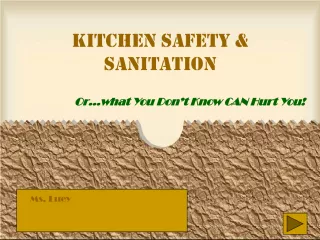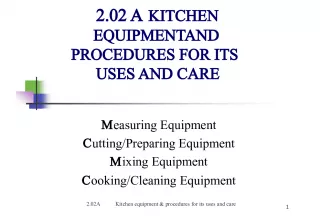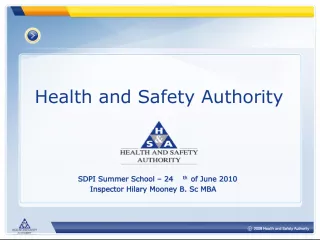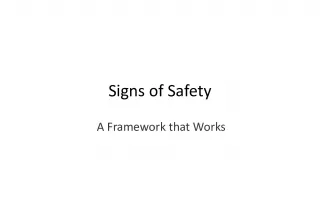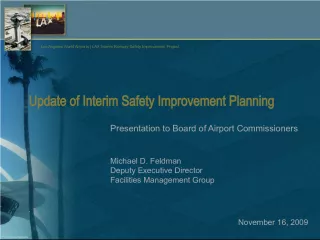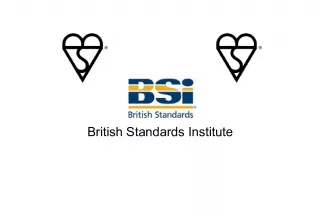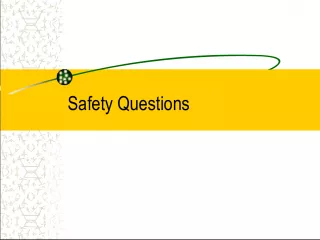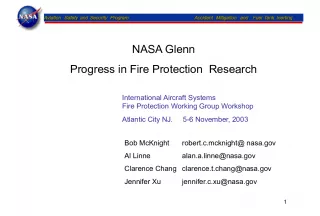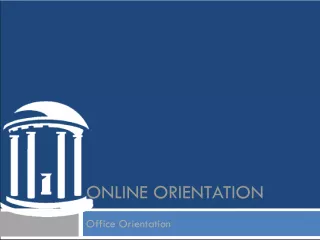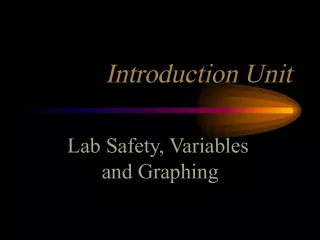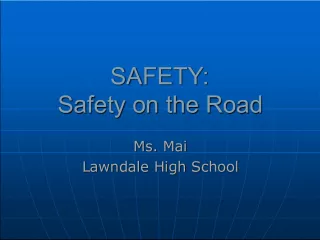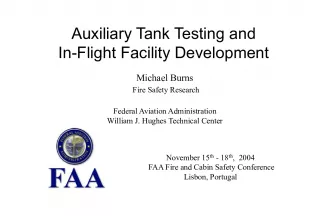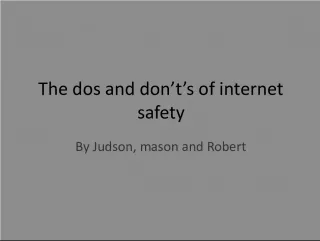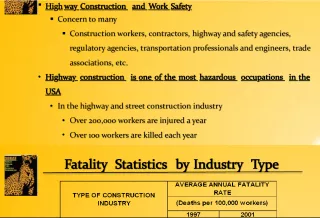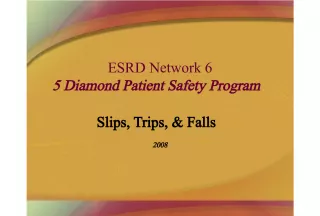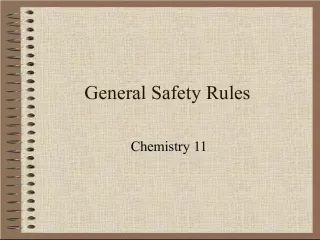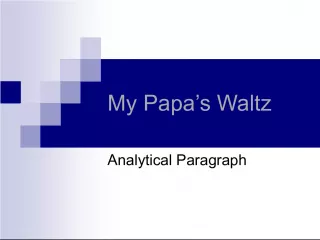The Pathway to Kitchen Safety: Seven Classifications of Kitchen Safety


This article outlines the importance of understanding and identifying the seven classifications of kitchen safety in order to prevent kitchen accidents and injuries. Kitchen hazards can lead to accidental injuries,
- Uploaded on | 1 Views
-
 paigewright
paigewright
About The Pathway to Kitchen Safety: Seven Classifications of Kitchen Safety
PowerPoint presentation about 'The Pathway to Kitchen Safety: Seven Classifications of Kitchen Safety'. This presentation describes the topic on This article outlines the importance of understanding and identifying the seven classifications of kitchen safety in order to prevent kitchen accidents and injuries. Kitchen hazards can lead to accidental injuries,. The key topics included in this slideshow are . Download this presentation absolutely free.
Presentation Transcript
Slide11.01 C The Pathway toKitchen Safety
Slide2Seven Classifications of KitchenSafety Kitchen accidents lead to injuries that could be prevented by not taking shortcuts. Kitchen hazards are conditions that lead to accidental injuries. There a seven types of kitchen accidents. 1.01C The Pathway to Kitchen Safety 2
Slide3Cuts: Guidelines for Prevention Keeps knives sharp. Sharp knives make clear, safe cuts. A person is less likely to cut themselves with a sharp knife. Wash knives separately. Never cut toward yourself. Never point a knife at someone. 1.01C The Pathway to Kitchen Safety 3
Slide4Cuts: Guidelines for Preventioncont. Never put fingers near blades of blenders or food processors. Dispose of broken glass properly with a broom or wet towel. Store knives in proper holders. 1.01C The Pathway to Kitchen Safety 4
Slide5First aid for Cuts Cover the wound and apply pressure until bleeding stops. Wash with soap and water, then apply antiseptic, sterile bandage. If cut is severe, continue to apply pressure and take the victim to the doctor or hospital. 5 1.01C The Pathway to Kitchen Safety
Slide6Burns and Fires: Guidelinesfor Prevention Use potholders to handle hot utensils Open lids of pans and microwave containers away from you. Keep ranges and drip pans free from grease. Do not put out grease fires with water. Water will spread the fire. 1.01C The Pathway to Kitchen Safety 6
Slide7Burns and fires: Guidelinesfor Prevention cont. Extinguish fires with a fire extinguisher or baking soda. Use water if the fire only if it is not a grease fire and is small. Keep towels away from heat sources. Turn handles of pans away from the edge of the range to avoid tipping. 1.01C The Pathway to Kitchen Safety 7
Slide8First Aid for Burns and Fires If clothing catches fire, smother the flames. • Stop, Drop, and Roll Place area under cold running water. Do not apply ointment. Do not break blisters. 1.01C The Pathway to Kitchen Safety 8
Slide9Always use a stepstool or ladder to reach high places. Secure loose area rugs. Wipe up spills immediately. Spray pan spray over the sink rather over the floor to prevent slick floors. Falls: Guidelines for Prevention 1.01C The Pathway to Kitchen Safety 9
Slide10First Aid for Falls If someone has fallen, do not move the victim. Make the person comfortable and call for help. 1.01C The Pathway to Kitchen Safety 10
Slide11Electrical Issues: Guidelinesfor Prevention Avoid working with water and electrical appliances at the same time. Unplug appliances by the plug not the cord. Replace frayed cords. Do not use damaged appliances. Do not overload outlets. 11 1.01C The Pathway to Kitchen Safety
Slide12First Aid for Electrical Injuries Do not touch someone who is experiencing an electrical shock. Remove the source of the shock with a nonconductive material, such as wood or plastic. 1.01C The Pathway to Kitchen Safety 12
Slide13Chemical Poisoning:Guidelines for Prevention Keep all hazardous products and medications out of the reach of children. Keep all chemicals in their original container. Keep all chemicals away from food. 1.01C The Pathway to Kitchen Safety 13
Slide14First Aid for Chemical Poisoning Call Poison Control Center. Have the container of the poison with you so you can give the poison control center any information listed on the bottle to assist the operator in giving first aid information. 1.01C The Pathway to Kitchen Safety 14
Slide15Choking: Guidelines forPrevention Chew food thoroughly before swallowing. Do not give children small round pieces of food such as hot dogs or carrots. Avoid talking, laughing when you have food in your mouth. 1.01C The Pathway to Kitchen Safety 15
Slide16First Aid for Choking The abdominal thrust is a procedure used to save choking victims. The abdominal thrust can injure a choking victim. Make sure that the victim sees a doctor as soon as possible after the rescue. 1.01C The Pathway to Kitchen Safety 16
Slide17Other Safety Issues:Guidelines for Prevention Do not wear jewelry. Keep hair restrained. Do not wear loose clothing. Wear closed-toed shoes. 1.01C The Pathway to Kitchen Safety 17
Slide18First Aid for Other SafetyIssues If jewelry gets caught in a small appliance try to remove it to prevent cutting the victim. Try to release hair if caught in appliance. Smother hair with a cloth if it catches fire. 1.01C The Pathway to Kitchen Safety 18
